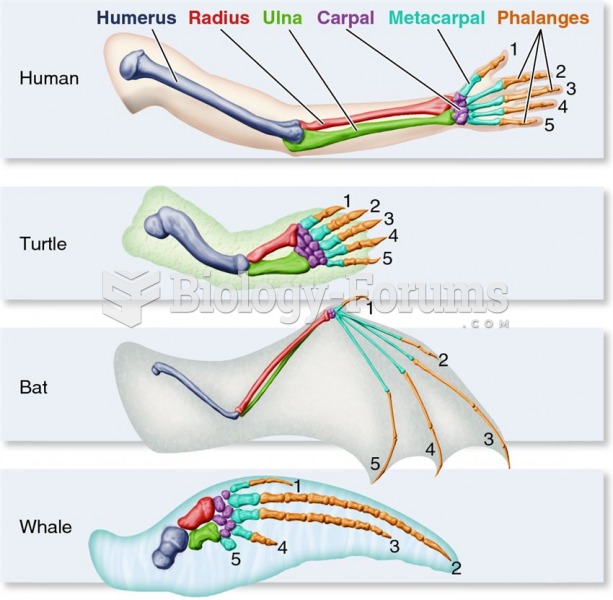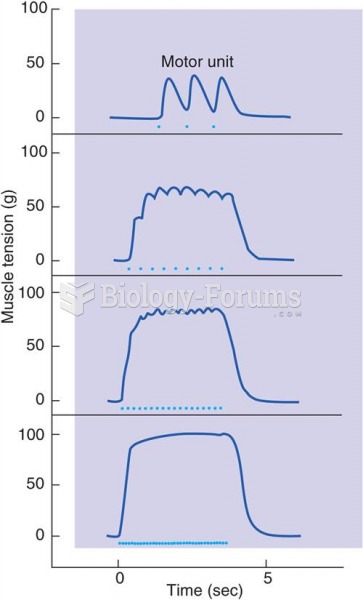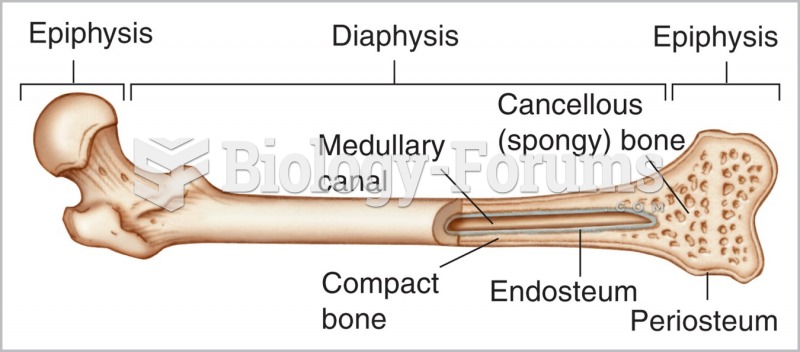|
|
|
Fatal fungal infections may be able to resist newer antifungal drugs. Globally, fungal infections are often fatal due to the lack of access to multiple antifungals, which may be required to be utilized in combination. Single antifungals may not be enough to stop a fungal infection from causing the death of a patient.
The longest a person has survived after a heart transplant is 24 years.
More than 30% of American adults, and about 12% of children utilize health care approaches that were developed outside of conventional medicine.
It is widely believed that giving a daily oral dose of aspirin to heart attack patients improves their chances of survival because the aspirin blocks the formation of new blood clots.
Blood in the urine can be a sign of a kidney stone, glomerulonephritis, or other kidney problems.







